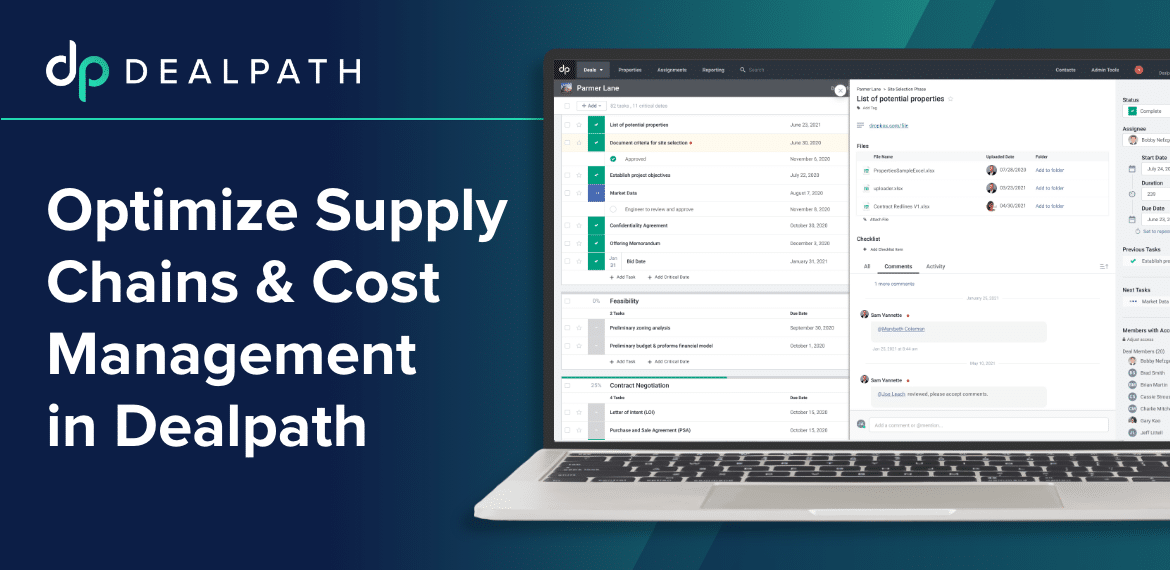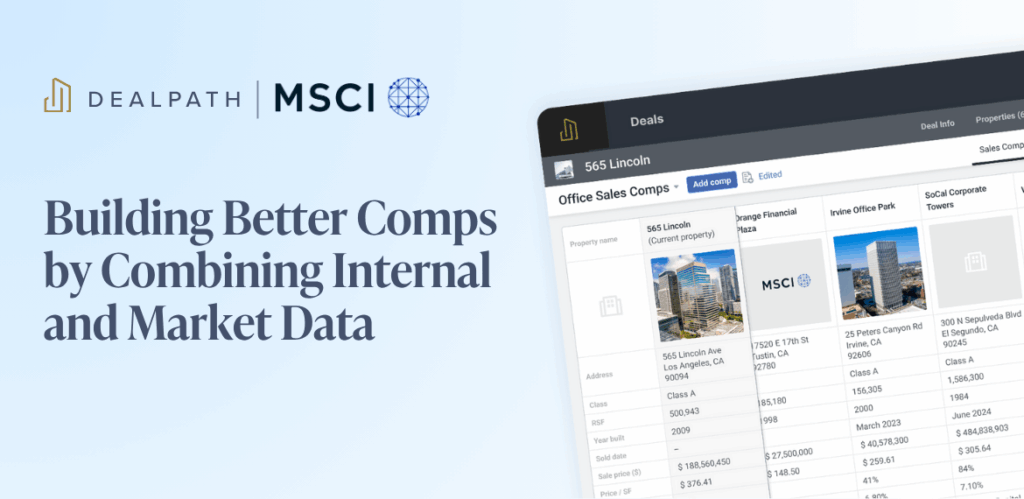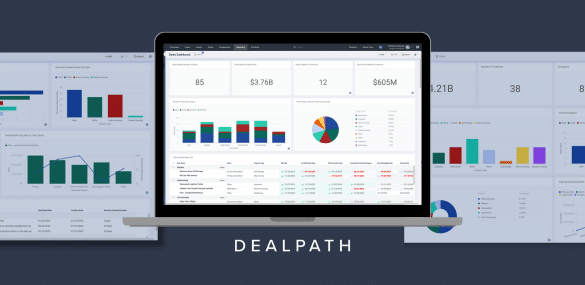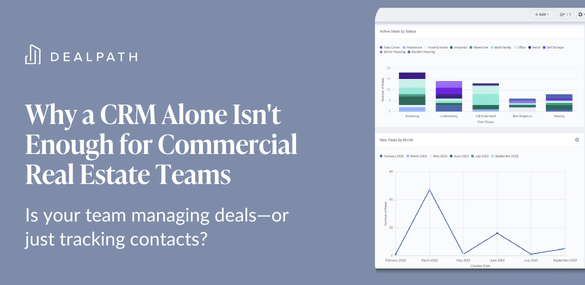Commercial property insurance costs have increased by 10% year-over-year, while experts anticipate high borrowing costs could cause a construction slowdown, even as the Fed continues rate hikes. All the while, developers continue to navigate real estate supply chain bottlenecks and rampant inflation, stalling project deliveries and profitability. While these challenges are here to stay, there are ways that developers can better track real estate supply chains to optimize deliveries and mitigate risk.
Facing shipping times as long as three years for large transformers, one biotech REIT paused development on some projects in an effort to cut construction spending by $250M. Eager to capitalize on new opportunities amidst an AI boom, tech companies like Microsoft are now prioritizing contracts with developers equipped to navigate these supply chain woes.
In this blog post, we’ll detail how developers are centralizing project costs and timelines in Dealpath, real estate’s leading deal management platform, to create actionable intelligence, surface process improvements and inform business strategy.
Capture Project Information in One Centralized Hub
The traditional method for managing development projects–emailing updates and spreadsheet-based timelines–made turning information into insights challenging. The emergence of deal management platforms, however, has changed the real estate development process. Now, developers can react to evolving market conditions in real time and with greater clarity by tracking and managing projects in one place.
From sourcing to project delivery, development teams collaborate in lockstep in Dealpath by executing workflows and capturing information, including updates related to material costs and deliveries, in one source of truth. Consequently, as costs and material delivery timelines change, stakeholders at all levels can turn to Dealpath for data-driven insights on these challenges and how to overcome them.
Real estate development software can position your business to react to changing market conditions with greater agility.
1. Understand Cost and Timeline Variance
Almost all vendor transactions begin with cost and delivery estimations, but in today’s challenging market, it’s not uncommon for these to fall by the wayside. So, how much time should you really be spending on them?
While your firm may not have control over real estate supply chains, you can track cost and delivery timelines in Dealpath to react with greater speed and precision. For example, tracking the projected and actual lumber delivery dates for your industrial project in Atlanta will ultimately help you understand these differentials, including how they vary by supplier. One
After delivering the project, your team can look back on this data to see how it performed against projections, or look at multiple projects in aggregate to set benchmarks for reasonable market expectations. Similarly, you can also gain deeper insights into projected and actual costs.
In Dealpath, your firm can enforce this process by assigning a cost projection task to the point of contact at the supplier as an external collaborator, taking this admin work off your team’s plate.
Consequently, stakeholders within your firm can gain a clearer picture of how projections perform against actuals. Tracking cost differentials can also help your firm understand the impact on returns and periodic cash flows. You might even gain insight into how a delayed material delivery–otherwise a simple blip on the radar–influenced the project timeline.
Additionally, you can leverage this intelligence in Dealpath to inform your development process in numerous ways.
2. Optimize Business Process and Streamline Delivery With More Accurate Timelines
Once you understand real estate supply chain timeline and cost trends across your development projects, there are numerous levers you can pull to better inform your process.
For example, the data could reflect that deliveries from a specific sheet metal supplier are, on average, six weeks late. In this case, you might benefit from an additional six weeks built into the construction timeline. If, in another scenario, costs are always higher than anticipated, then selecting another vendor could offset this risk.
Resetting timelines in Dealpath is as simple as adjusting the task date, which would trigger any linked due dates to fall six weeks later. For example, resetting the lumber delivery due date would adjust the dates for related tasks, such as construction, painting and final delivery. Consequently, your team can spend more time on project execution and less time on manual administrative tasks.
Closing the gap on real estate supply chains and cost projections can also carry broad benefits for leadership, helping stakeholders to more confidently forecast delivery dates.
3. Inform Business Strategy
In a perfect world, would your firm double down on the development projects that create the least friction and yield the highest returns? While deeper visibility into real estate supply chain and cost challenges can help you correct course on existing projects, it can also help you to be more strategic about the projects you elect to take on. Finally, you can answer the crucial question: which sectors and markets are least affected by cost and timeline fluctuations?
During an annual review, you might find that projects in the suburban Chicago industrial submarket are, on average, delivered 16 weeks late. In this hypothetical case, it might make sense to steer away from future projects in this sub-market. In another scenario, you could find that one nationwide supplier issues cost projections that are far more accurate than others, meaning it could prove beneficial to give them more business.
4 Tactics To Simplify, Standardize & Scale Development Projects
If it takes hours to wrangle multiple stakeholders to learn where projects stand, or deadlines slip through the cracks, there’s a better way to manage development projects. New technologies have empowered development teams to standardize workflows for scalable execution.
Download our eBook to learn best practices your firm can adopt to ensure stakeholder alignment, maximum efficiency and optimal returns.
Download E-Book


